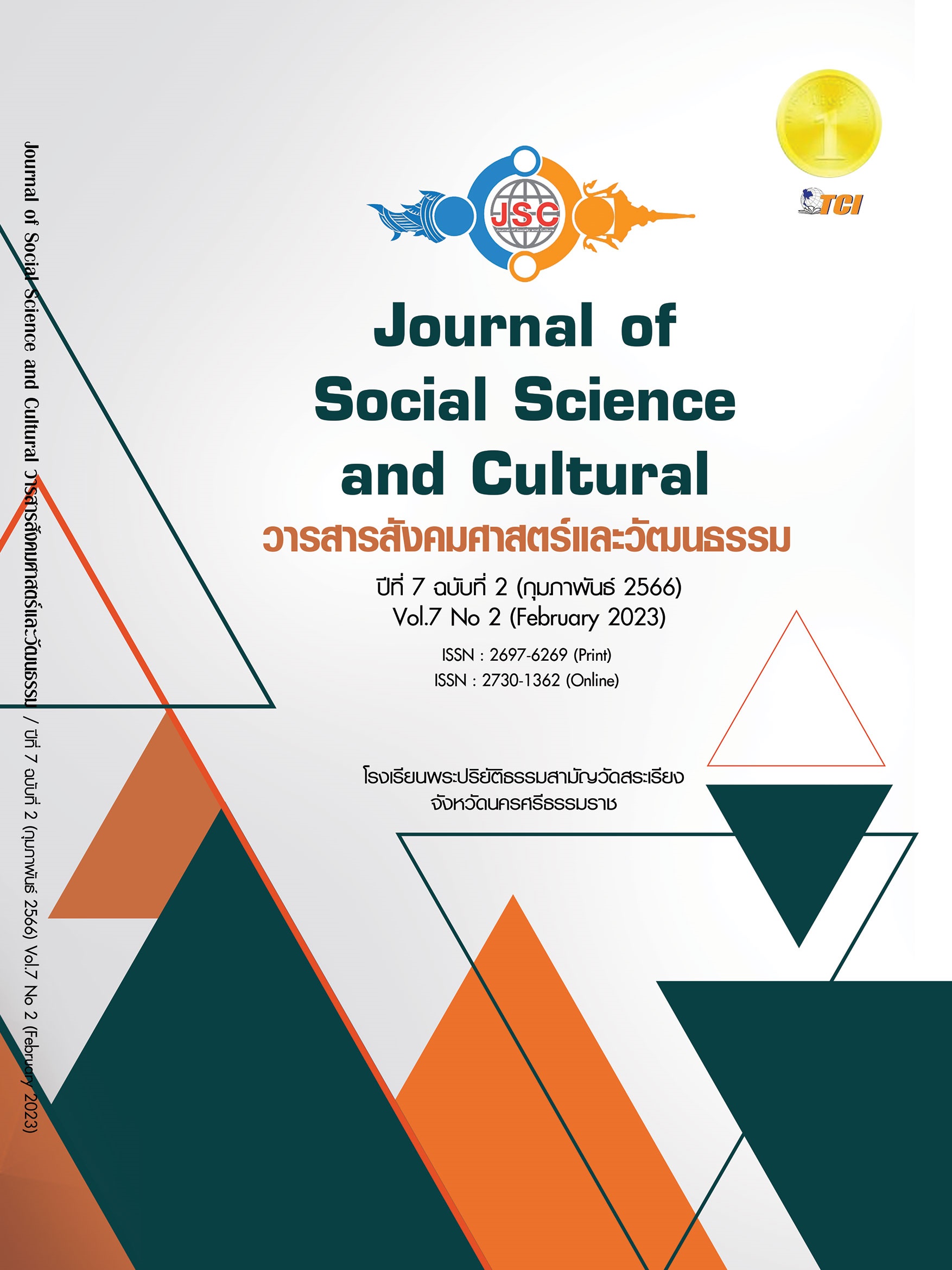FACTOR AFFECT TO KEY AUDIT MATTERS
Main Article Content
Abstract
The objective of this research is examined the amount of auditor’s opinion about the number of Key Audit Matter (KAM) between before and after the ISA 701 announcement, and factors which can affecting auditor’s opinion on the number of overall of KAM and categories of KAM. The research is an quantitative research method. The sample group consisted of 256 listed companies in the Stock Exchange of Thailand. The data used for the analysis was deriving from financial report and auditor’s reports of companies since 2014 – 2017. This study used descriptive statistics and Ordinary Least Squares (OLS) regression analysis are a method methodology for analyze. The finding shows that trend of communication of KAM increase after the ISA 701 announcement by comparison from the emphasis paragraph in the original audit report with KAM information in new audit report. The exam about factors which can affect KAM found three factors have significant on KAM. The researcher found that audit firm type, audit fee and ROE have significant on overall of KAM. And research findings for all factor affect to categories of KAM have significant, except for factor about opinion of auditor not affect to KAM.
Article Details
References
Caramanis, C., & Spathis, C. (2006). Auditee and audit firm characteristics as determinants of audit qualifications. Managerial Auditing Journal, 21(9), 905–920.
De Angelo, L. E. (1981). Auditor size and audit quality. Journal of Accounting and Economics, 3(5), 183–199.
Fuerman, R. D. & Kraten, M. (2009). The big 4 audit report: Should the public perceive it as a label of quality. Accounting and the Public Interest, 9(1), 148- 165.
Gray, G. L., et al. (2011). Perceptions and misperceptions regarding the unqualified auditor’s report by financial statement preparers, users, and auditors. Accounting Horizons, 25(4), 659–684.
Huang, H. W. et al. (2009). Audit fees for initial audit engagements before and after sox. Auditing, 28(1), 171–190.
IODSA. (2015). The impact of the new auditors report. เข้าถึงได้จาก http://www.iodsa.co.za/news/241065/
Lawrence, A. et al. (2011). Can big 4 versus non-big 4 differences in audit-quality proxies be attributed to client characteristics. Accounting Review, 86(1), 259–286.
Pornupatham, S. & Vichitsarawong, T. (2014). The Draft of New Auditor’s Report: A Challenge of Auditors and Users. Chulalongkorn Business Review, 36(141), 36–54.
Porter, B. & Gowthorpe, C. (2004). Audit expectation-performance gap in the United Kingdom in 1999 and comparison with the Gap in New Zealand in 1989 and in 1999. Edinburgh: Institute of Chartered Accountants of Scotland.
Pratt, J. & Stice, J. D. (1994). The Effects of Client Characteristics on Auditor Litigation Risk Judgments, Required Audit Evidence, and Recommended Audit Fees. The Accounting Review, 69(4), 639-656.
Srijunpeth, S. . (2016). Key Audit Matters in an Auditor’s Reports and Response of the Stock Exchange of Thailand. Journal of Accounting Profession, 13(38), 22-37.
Tangruenrat, C. . (2017). New Auditor’s Report: The 1st-year Experiences. Journal of Accounting Profession, 13(38), 5-21.

